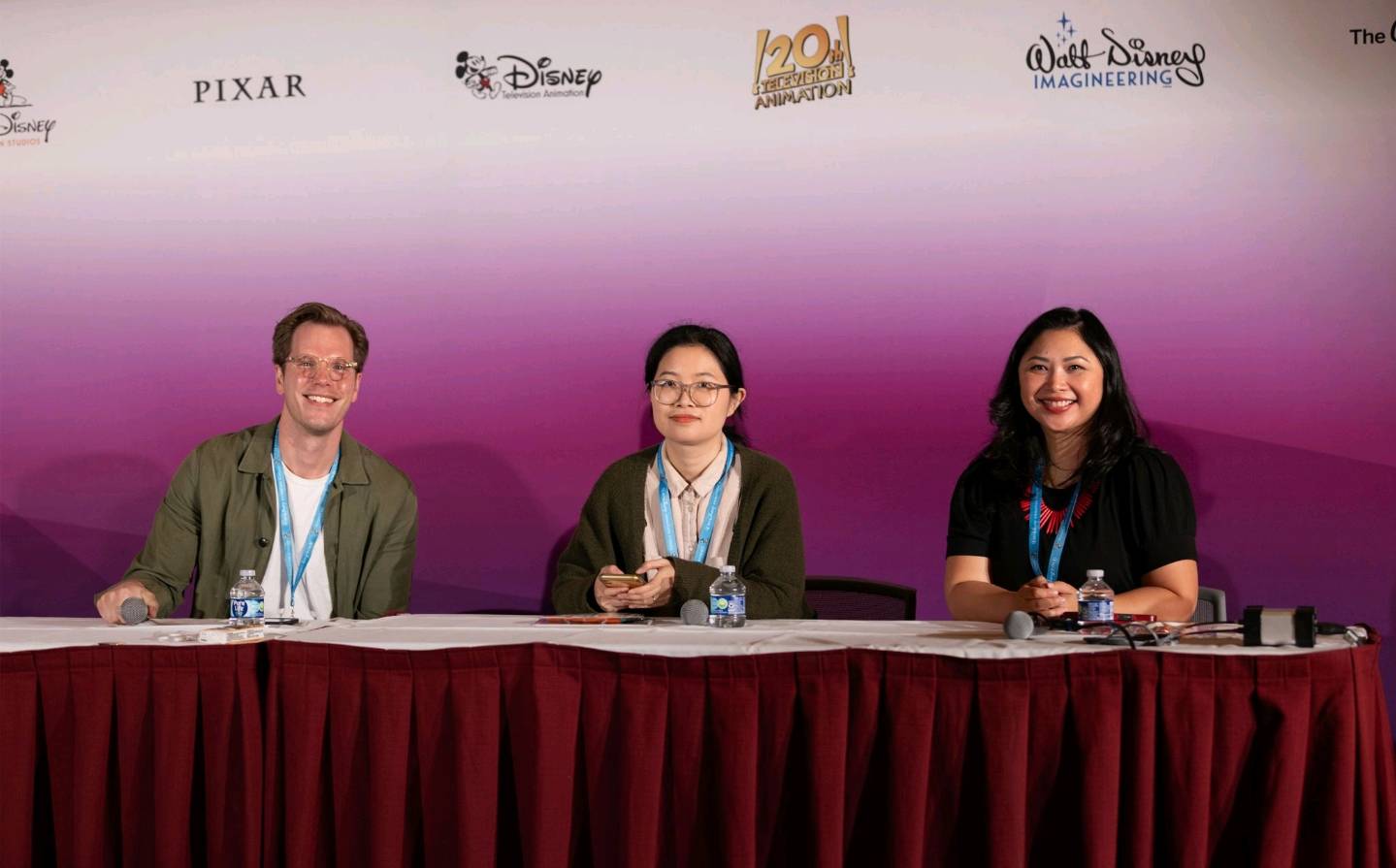
Hello party mammals! Civet back at it again! This has been an insane few days for content, but we have not forgotten about the Lightbox expo.
LightBox Expo (LBX) is a three-day art-industry convention focused on animation, illustration, concept art, and entertainment design. Disney held a panel for Zootopia 2, featuring behind-the-scenes sessions where artists from the film share their process and talk about the steps to design the environments and characters using sketches, color tones, and other techniques to give the film a feeling and tone via artistry.
It was hosted by Sam Stratton, the Department Manager for the Visual Development Team at Walt Disney Animation Studios, who introduced the speakers and oversaw the panel, including Limei Hsieh and Griselda Sastruwinata, two of the artists helping shape the sequel! Let’s ssssssslither right into the panel, shall we?
Sam: Thank you, LightBox Expo, so much for having us. My name is Sam Stratton, and I’m the Department Manager for the Visual Development Team. I have the privilege today of introducing our two speakers, Limei Hsieh and Griselda Sastruwinata, and the incredible work they contributed to Zootopia 2.
For those who might not know what a department manager does, I’ve described my role in several ways: sometimes as a producing partner, sometimes as a high school guidance counselor, or even as a therapist. And since I have Griselda here with me, I’ll also share her favorite description of me: “a herder of feral cats.” The truth is, depending on the day, I’m a little bit of all those things.
Ultimately, the visual artists at Disney Animation are my people, and I try my best to be their person. Their career growth, training, and professional development all sit with me. I help them navigate the surprisingly complex balance between what’s best for the studio, what’s best for the project, and what’s best for them as individuals. That leads directly into one of the key parts of my job, casting.
Assigning an artist to a project is like arranging a creative marriage: “You are this project, now go make something wonderful together over the next couple of years.” Casting a visual development role feels especially significant because of the huge mark visual development leaves on every production. Visual development artists are among the first to join a film, and, as Griselda can attest, among the very last to leave. They’re the ultimate problem solvers.
When an entire universe like Zootopia exists only as an idea, our visual development artists imagine what it will look like on screen. They research deeply, use whimsical storytelling, and combine expert craftsmanship to turn fantasy into something tangible and emotionally true.
So, when we’re casting for a Zootopia project, we look for artists with a sharp sense of humor. Even though “concept art” might not sound funny, you’ll see that both Limei’s and Griselda’s work carries genuine playfulness and wit. Zootopia 2 had to expand the city not just geographically, but tonally, and that required artists with range.
Sometimes casting is tricky, but with Limei, it was easy.
When I first started this job, one of our artists told me, “Limei loves Zootopia. It’s her favorite movie of all time. Make sure she gets to work on Zootopia 2.”
She did, and you’ll see some of her work today.
As for Griselda, this project gave her the chance to flex her environment design and color-lighting skills after leading costume design for Wish. Of course, she might have slipped in a little costume work too, because you can’t stop an artist from shining through.
So with that, it’s my pleasure to hand things over to the Art Director of Environments for Zootopia 2, Limei Hsieh, and the Associate Production Designer, Griselda Sastruwana-Limei.
Limei: Thank you, Sam. Hello everyone, welcome!
My name is Limei Hsieh, and I’m one of the Environment Art Directors on Zootopia 2.
A little about me: I studied animation at the Shanghai Institute of Visual Art in 2006 and worked as a 3D animator at a small studio there. Later, I attended the College of Design to study illustration. After graduating, I became a concept designer for a theme park company, where I learned a lot about architectural drawing and perspective.
But after a few years, I realized my true passion was still animation. I began applying to different studios and eventually became a background designer for TV animation. In 2020, I was lucky enough to be hired as a visual artist at Walt Disney Animation Studios. The first film I worked on was Strange World, and five years later, here I am on Zootopia 2.
Gris: Thank you, Sam, for that lovely intro, and thank you, Limei, for being my partner this afternoon.
Thank you all for being here. I’m so excited to share the art of Zootopia 2. My name is Griselda Sastruwana-Limei, but you can call me Gris. I’m an Indonesian-American artist.
[Audience cheers]
I’ve been a Disney fan ever since I was a kid watching Cinderella and Sleeping Beauty on repeat. Working here has truly been a dream come true.
I started my animation journey as an academic PA intern before moving into environment design, then branching into character design, which is where I fell in love with costume design. I’m self-taught and absolutely obsessed with it.
At Disney, I’ve spent most of my time designing costumes, but on Zootopia 2, I returned to environments while still sneaking in a little costume and color script work, of course. This project has been such a fun and fulfilling ride.
And because the movie itself is a comedy, we made sure to have a lot of fun along the way. We can’t wait to share it with you.
At Disney Animation, we’re thrilled to have completed our 64th feature film. Woo!
(Plays trailer)
Limei: Today, we’re going to share how we created the world of Zootopia 2.
A little recap from the first movie: Zootopia is a city built by animals, divided by a Climate Wall into distinct districts, each reflecting its inhabitants’ lifestyles. For example, camels live in Sahara Square, while polar bears live in Tundra Town.
One key lesson from the first movie’s style guide is that animals in this world are not serious adults. Everything, from buildings and vehicles to props, should feel playful and full of personality.
So, when we started Zootopia 2, we asked ourselves how to bring that same playfulness into new locations. Today, I’m excited to show you one of them: Marsh Market, a brand-new environment created for semi-aquatic animals.
It was one of the most fun and challenging sets our team worked on, and nearly everyone contributed to it. Welcome to Marsh Market, the jewel of Zootopia.
Marsh Market is chaotic and lively, not fancy or plain, but full of comedic energy. It’s designed to make you feel slightly uncomfortable and awkward, because most of its residents live both in water and on land, and some don’t even have legs. That means stairs and cars don’t really work here.
That challenge pushed us to find creative, funny ways to make transportation work.
We started small, with just one building concept from Production Designer Corey Loftis, who imagined a structure built from a giant tree stump. It became one of the market’s landmarks. We also designed slanted rooftops so sea lions and seals could climb up to collect goods.
If you look at the silhouette of one design, it even resembles a walrus, which we thought was hilarious.
Another favorite location is The Dolphin Bar, run by a French dolphin bartender. Artist Kevin Yeh created this playful piece showing animals relaxing together. The bar itself is made from an aquarium tank, so the dolphin can swim behind it instead of walking.
For multi-story buildings, we designed escalators and water slides for legless animals. Our director, Jerry Bush, even asked us to study water parks for inspiration. These playful details also made practical sense for a place like Marsh Market.
Transportation posed another challenge. Without roads or cars, we explored ideas like altitude lifts that moved buses and boats between levels. Eventually, we realized it was funnier to have animals themselves zip through water tubes, which allowed for more visual humor.
We didn’t forget about smaller, local travel either. Ryan Lane designed boats for otters and beavers, along with floating food vendors that doubled as boats. We even designed a pink people-shaped food truck and a concept where some animals ride strapped to a walrus’s belly.
Once we had all these elements, we treated them like Lego pieces, building modular street blocks full of organic silhouettes and personality. Corey added overgrown plants, beaver bite marks, and other small details that made the space feel alive.
Artist Justin Kram also contributed beautifully designed buildings that balanced shape and function.
We developed concept sketches to capture the hustle and bustle, adding cranes, lights, and curved structures to create visual rhythm. These pieces informed the 3D builds that made the final set feel immersive and believable.
Finally, I’d love to show a few paintings from key moments in the Marsh Market, including Nick and Judy’s chase scene and their first visit to the market. These scenes are full of storytelling energy and humor.
And now, I’ll hand things over to Gris, who will share her process and color work.
Gris: One of my favorite things about working at Walt Disney Animation Studios is how different we all are as artists. We each have unique approaches and voices, yet the movie always comes together with a cohesive visual language.
Today, I’ll walk you through my process for environment design, costume touches, and color scripting.
There’s no “right” way to do this, but for me, it all starts with rough sketches. It took me a long time to feel comfortable sharing my “chicken scratches,” but they’re the fastest way to explore personality, story, and visual energy.
After dozens of sketches, I pick three ideas I like most and label notes directly on the drawings instead of cleaning them up first. This lets me focus on story and character.
In Zootopia 2, we introduce a new character named Nibbles — she’s enthusiastic, outgoing, and thrilled to work with Nick and Judy, even if Nick isn’t thrilled about her. These scenes take place in the Marsh Market, inspired by Southeast Asian floating markets.
Sometimes I repeat character poses in different environments to find new comedic potential. For instance, I once tried using yellow lotus flowers as iconography because they grow in marshes, though that idea didn’t stick.
When pitching, I’d show three versions to our production designer, Cory Loftis, and directors Jared Bush and Byron Howard. Once they chose a favorite, I’d refine it, focusing on shape and story.
One funny idea came from Byron himself: “What if the beavers used their tails as boat propellers?” So in one image, all the beavers are paddling with their tails, which became a favorite gag.
Another scene involved Nick, Judy, and Finnick going undercover. This wasn’t officially a costume design assignment, but it quickly turned into one. Nick was a delivery driver, Judy a “cool mom,” and Finnick a grumpy baby bunny in disguise. I made multiple iterations of Judy’s outfit, inspired by sporty 1980s moms, and added bows and pastel details for comedic contrast.
Later, I worked on the gala sequence, a fancy party where Judy gets her Cinderella moment. I wanted her dress to be elegant yet dynamic, with asymmetrical cuts that matched her energy. Because the gala takes place in a cold, icy environment, I chose yellow to make her stand out.
Nick’s tuxedo mirrored Judy’s curved silhouette lines, with a touch of yellow from the marigold flower to tie them together visually.
The story evolved, and later versions called for darker tones, but those visual connections remained important.
Moving to environments, I designed the Lesley estate, belonging to a powerful, cat-loving family. The concept was “serious, rich, and elegant… but still cats at the end of the day.” So I filled the space with cat condos, scratching posts, and enormous fireplaces. The palette was cold blues with warm brown accents to evoke grandeur and personality.
We then created packet guides, detailed design sheets showing every prop and texture for the 3D team. These help translate the art into full environments.
Finally, I focused on the color script, which tells the emotional story of the film through color. Working with Corey Loftis and cinematographers Adolpho Martinez and Daniel Rice, we mapped the movie into three distinct visual tones:
Zootopia Standard — naturalistic lighting, familiar and warm.
Genre-Driven — dramatic, cinematic lighting for moments outside the comfort zone.
Emotionally Driven — stylized palettes that heighten key emotional beats.
We plotted these in emotional graphs that tracked how color and mood evolved through the story.
For example, the “Partners in Crisis” sequence used naturalistic light to show harmony between animal pairs, while the “Undercover Sequence” used cooler tones and suspenseful contrast.
Each color key began as a rough sketch, then evolved through collaboration with storyboards, cinematography, and lighting departments.
We never work strictly in chronological order; sometimes I’d be painting Act 1 one week and Act 3 the next.
In the end, color scripting is about emotional truth — guiding the audience through the highs and lows of the story.
Seeing these concepts come to life in the trailer, thanks to hundreds of artists, has been an incredible experience.
Sam: Thank you so much for joining us today. Let’s see if we have time for questions. We’ll take a few from the audience — if you have a question, please come up to the microphone.
Audience Member 1: Sam, how long is the turnaround for an assignment, and how much of your time is spent thinking versus drawing?
Sam: It really depends on the assignment. Something large, like Marsh Market with all its buildings, takes longer. Usually, a sketch might take a couple of weeks, and then the final version another few weeks, depending on the level of detail.
Audience Member 2: I was wondering why the movie isn’t called “ZooTWOPia.”
Sam: It’s unlike Jared and Byron to miss a pun opportunity, but somehow, we missed the most obvious one. We’ll just have to wish they’d thought of it. Good question.
Audience Member 3: I saw the art book for the first film where you had reptiles and birds. Why weren’t they in the movie?
Sam: I’m not sure, honestly. All I know is I had a great time making this movie.
Audience Member 4: When designing environments and costumes, how do you balance practicality with creativity?
Gris: For me, animation is magic. You can do anything you want. When you can do anything, you throw away practicality first and then bring it back later. Everyone approaches it differently.
Limei: I agree. It depends on what the directors want. Sometimes they want wild ideas that don’t make practical sense, and sometimes they want beauty grounded in realism.
Gris: Exactly. We go crazy first, then figure out the function later.
Sam: The guiding principle we follow is “truth in materials.” You can’t break the physical rules of our world, but once you start from that base, the artists can go pretty far.
Audience Member 5: When you start a scene, how do you figure out the staging and basic shapes, like how big or small the environment is compared to the characters?
Gris: I really dive deep into the story first. Every story moment has specific needs. Sometimes it’s an intimate indoor scene; other times, it’s something huge and open. The story always determines the space.
Sam: Great question! And with that, we’re out of time. Thank you, everyone, so much for joining us.

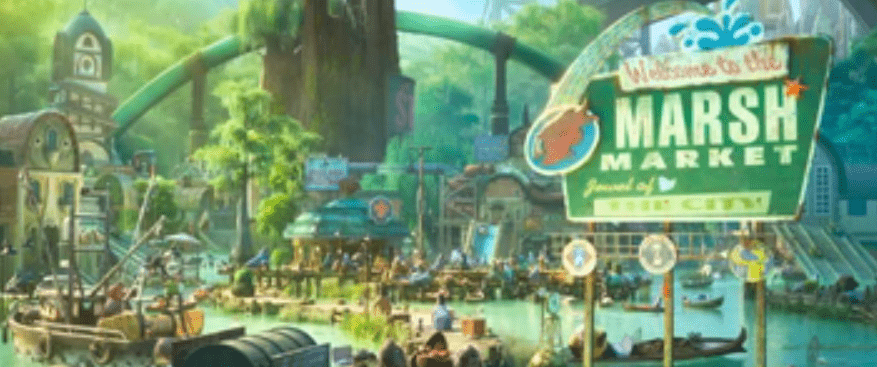
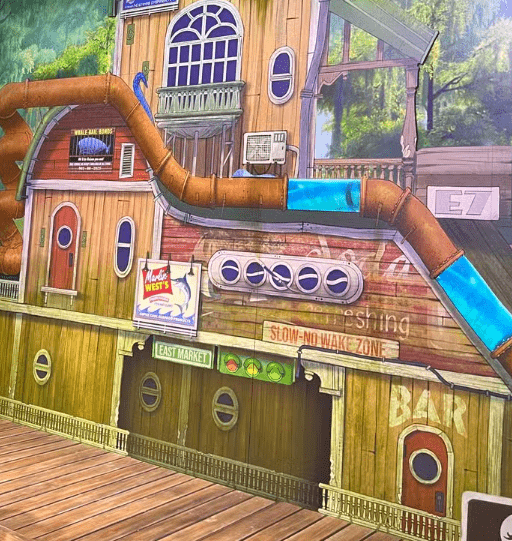
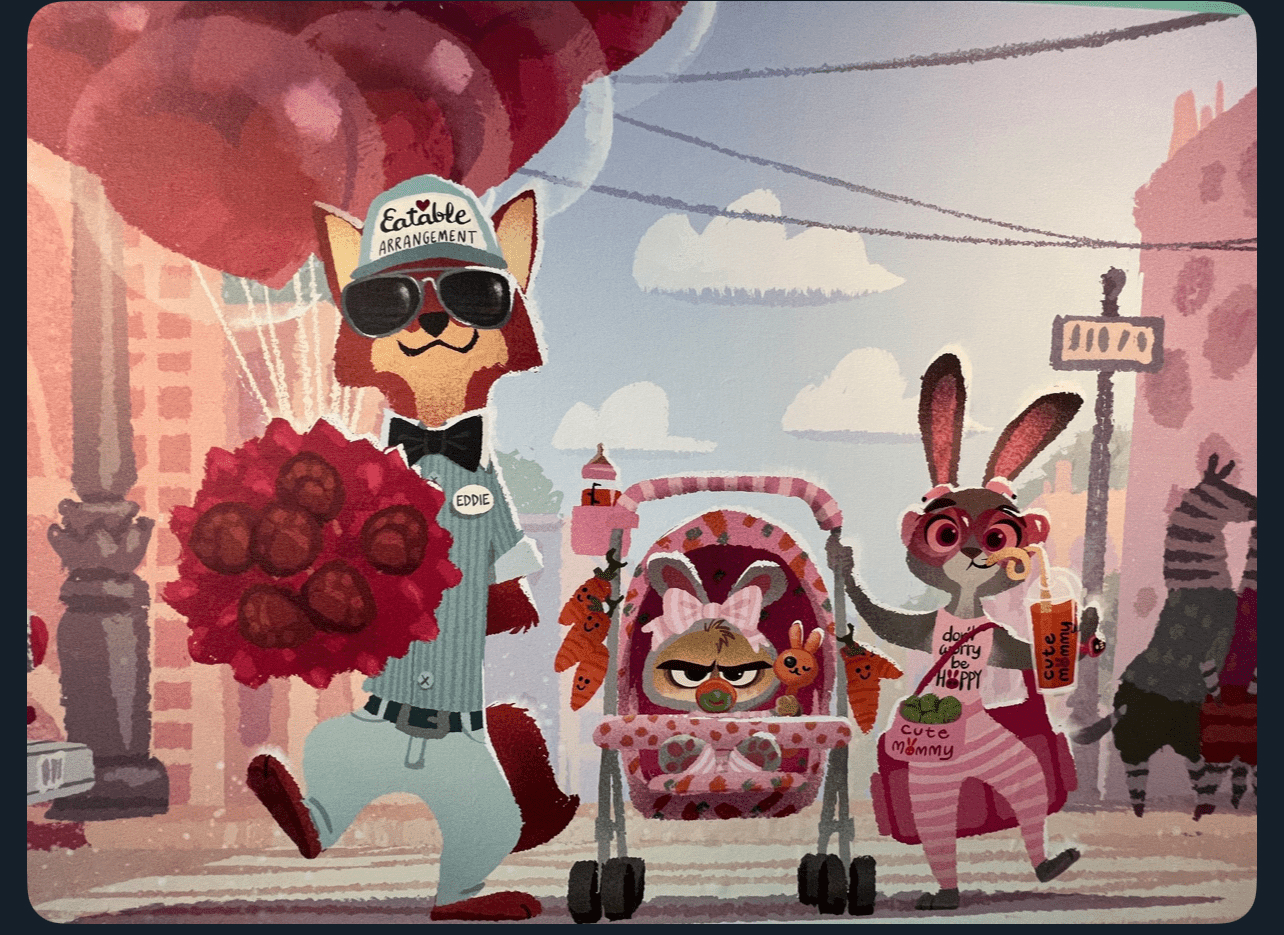
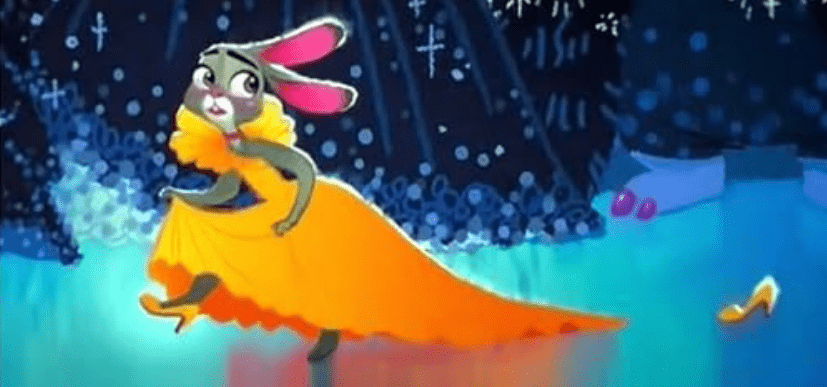
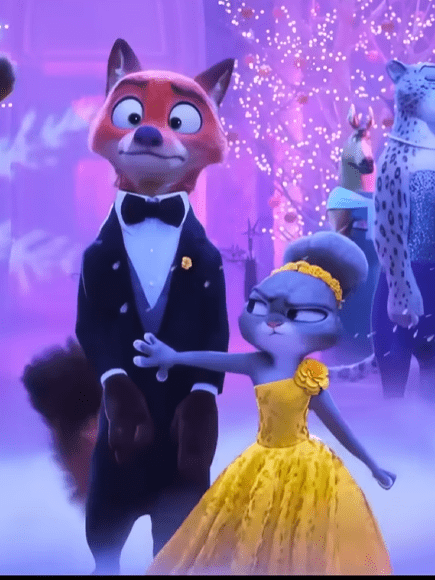
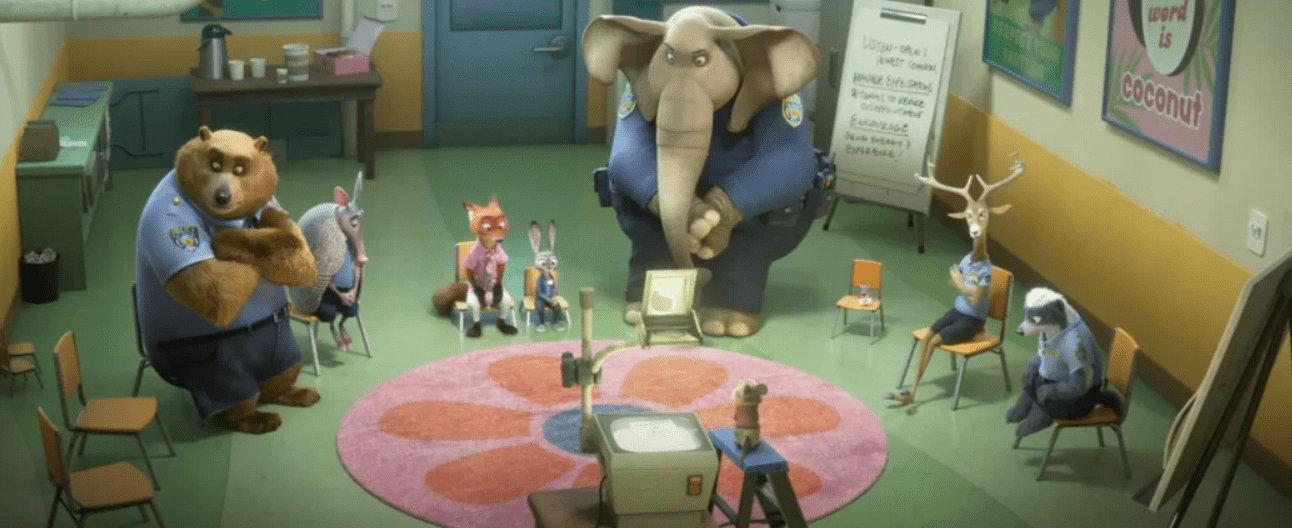
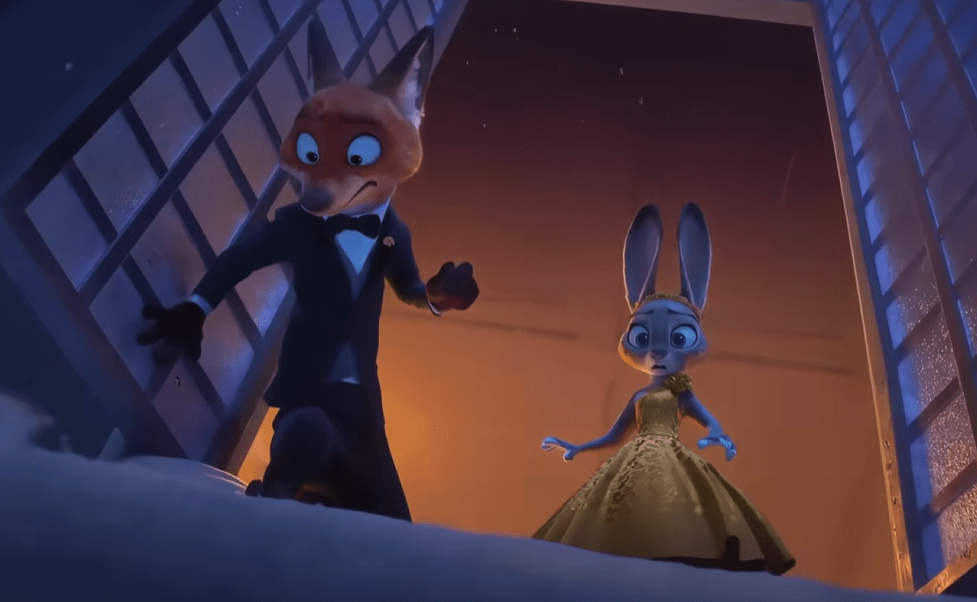
Be the first to comment